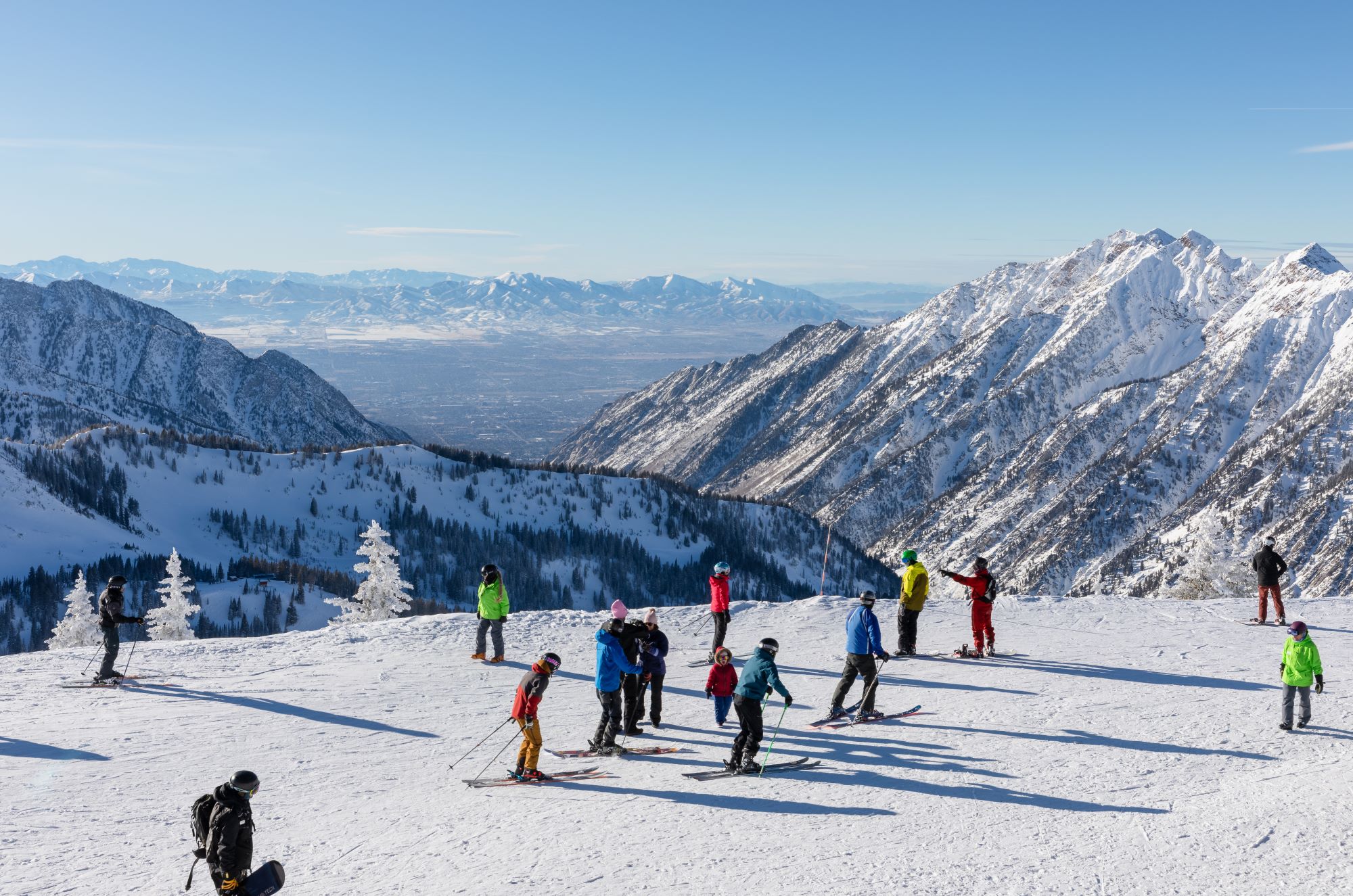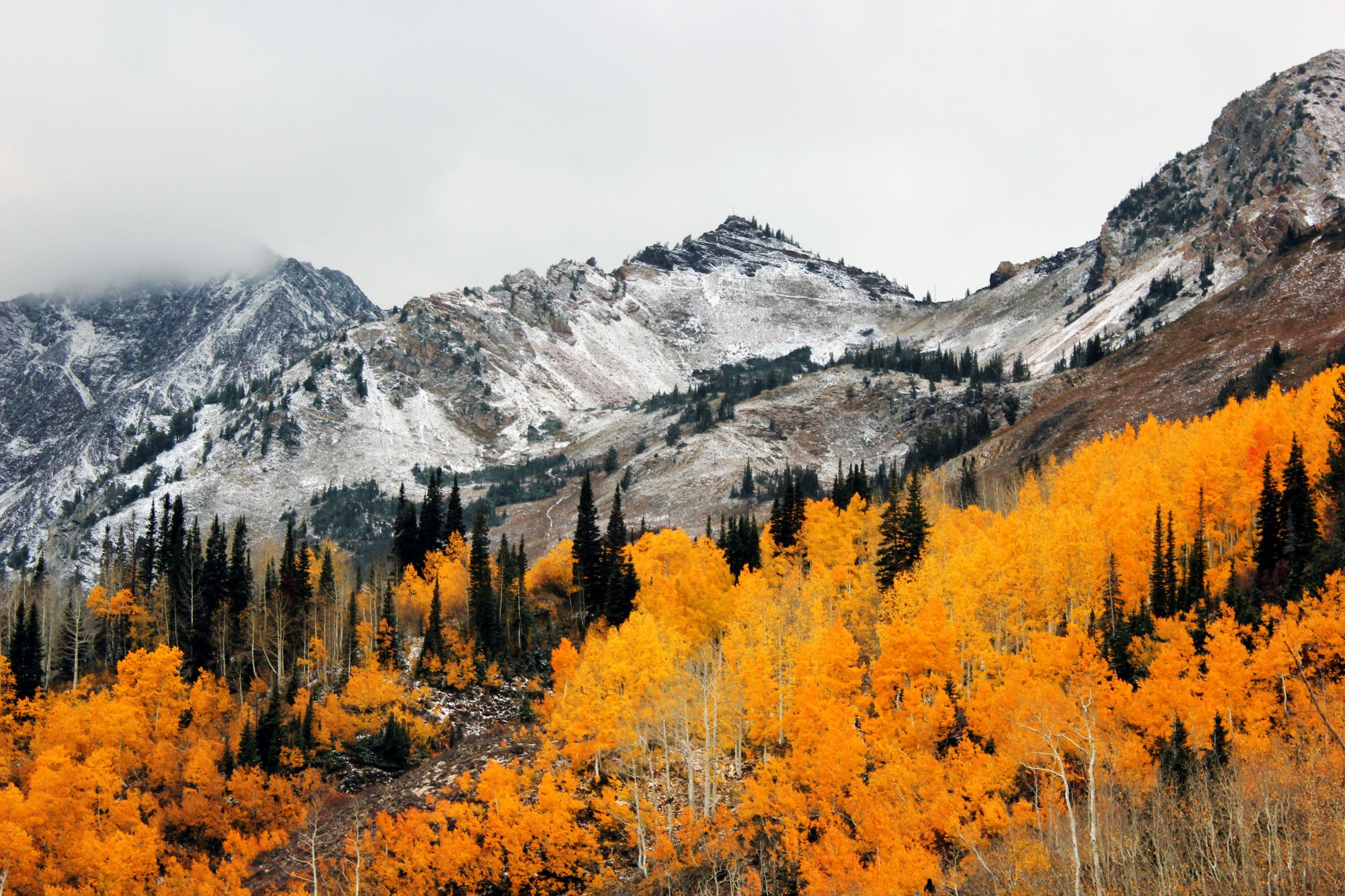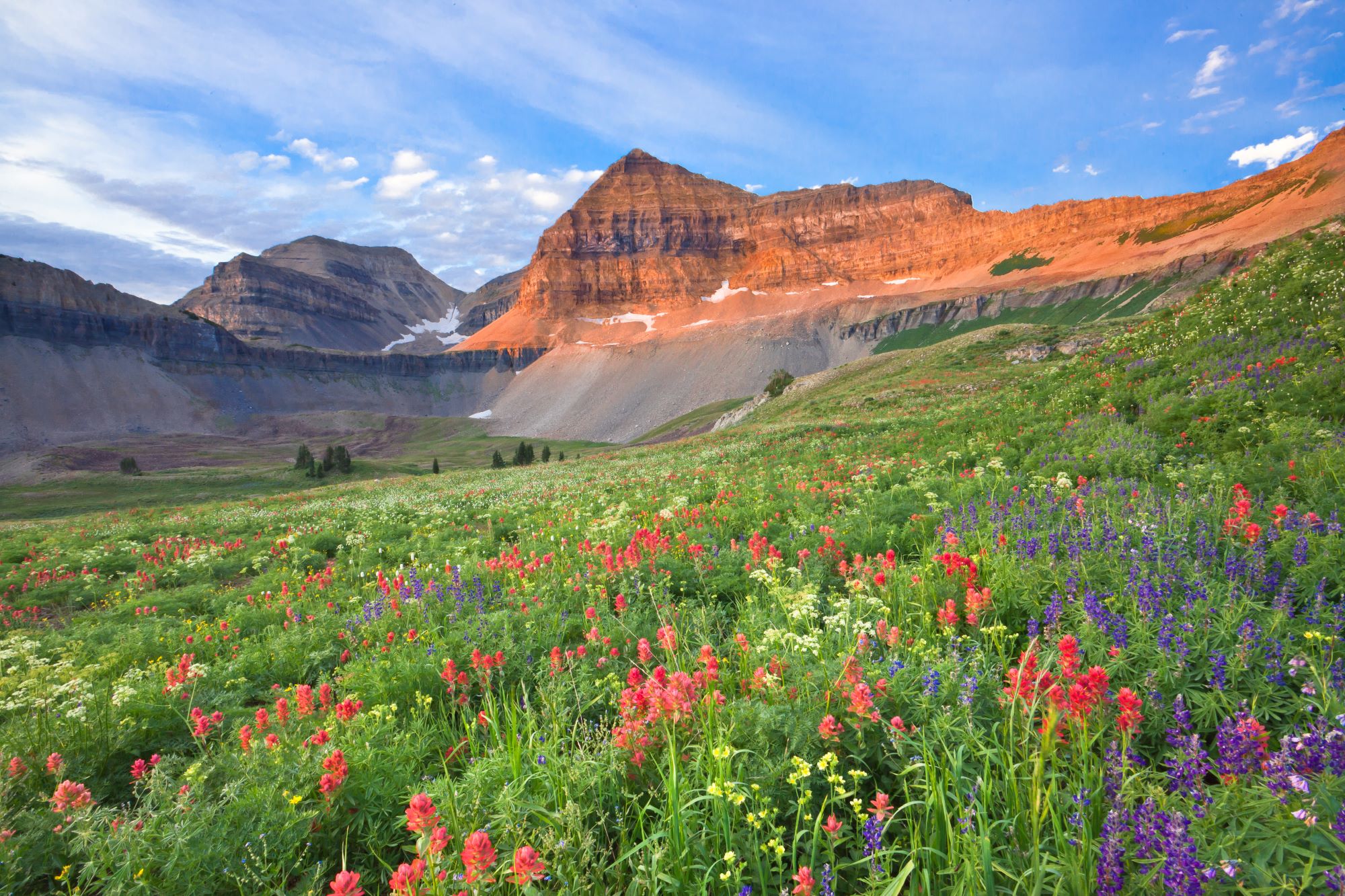
The Wasatch Wonders: A Journey Through Utah's Iconic Mountain Range
The Wasatch Mountain Range, a prominent feature in the western United States, stretches approximately 160 miles from the Utah-Idaho border south through central Utah. This majestic range forms the western edge of the greater Rocky Mountains and is arguably most renowned for its breathtaking beauty and diverse recreational opportunities. The Wasatch Range is not just a single line of peaks but a complex series of subranges and plateaus, each with its unique geological and ecological characteristics. The range's highest point is Mount Nebo, standing at an impressive 11,928 feet, which marks the southern end of the range and provides a stunning backdrop to the Utah Valley.
Geologically, the Wasatch Mountains are a testament to the dynamic forces that shape the Earth's crust. They were formed approximately 15 to 20 million years ago as a result of complex geological processes involving the stretching and thinning of the Earth's crust. This tectonic activity led to the formation of fault lines, most notably the Wasatch Fault, which runs along the western base of the mountains. The fault is considered active, and its history of producing significant earthquakes adds a layer of intrigue and importance to the study of the range. The mountains are primarily composed of quartzite, limestone, and dolomite, with visible layers that tell the story of their ancient origins under ancient seas.

Ecologically, the Wasatch Range is a vital habitat for a wide array of flora and fauna. The lower elevations are dominated by scrub oak, pinyon pine, and juniper, gradually giving way to aspen, Douglas fir, and spruce at higher altitudes. This variety of vegetation supports diverse wildlife, including mule deer, moose, black bears, and a variety of bird species. The range's ecological diversity is a draw for biologists and naturalists who study its complex ecosystems, which have evolved and adapted to the region's climate and topography.
Climatically, the Wasatch Mountains are known for their significant role in Utah's weather patterns, particularly in terms of precipitation. The range is a classic example of the orographic effect, where prevailing westerly winds from the Pacific Ocean rise over the mountains, cool, and drop significant amounts of moisture. This phenomenon is most evident in the winter when the mountains receive copious amounts of snow, making the Wasatch Range a world-renowned destination for winter sports. The "Greatest Snow on Earth," as it's often referred to, attracts skiers and snowboarders from around the globe to resorts like Alta, Snowbird, and Park City.

The human history of the Wasatch Range is as rich as its natural history. The area has been home to various Native American tribes for thousands of years, with the Ute, Shoshone, and Paiute tribes being the most recent. These groups utilized the range's resources for survival and considered many of its places sacred. The arrival of Mormon settlers in the mid-19th century marked a significant change in the landscape, as they established settlements at the base of these mountains and began to utilize the range's resources for agriculture and mining. This history is still evident today in the many towns and cities nestled at the foot of the mountains, which blend the region's natural beauty with its cultural heritage.
Recreationally, the Wasatch Mountains offer a year-round playground for outdoor enthusiasts. The range is not only a winter sports paradise but also a haven for hikers, mountain bikers, rock climbers, and nature lovers during the warmer months. Trails like the Bonneville Shoreline Trail, which stretches along the foothills of the range, provide easy access for urban residents to the natural beauty of the mountains. The range's canyons, such as Big and Little Cottonwood Canyons, offer a retreat from the hustle and bustle of city life and open up a world of exploration and adventure.

Environmental concerns are a significant aspect of the Wasatch Range's modern narrative. As the population of Utah continues to grow, the mountains face increasing pressure from development, recreation, and resource extraction. Conservation efforts are crucial to preserving the range's natural beauty and ecological integrity. Organizations like the Wasatch Mountain Club and the Save Our Canyons group work tirelessly to protect the range from overuse and to educate the public about responsible stewardship of this natural resource.
The Wasatch Range also plays a crucial role in the water supply for the surrounding communities. The mountains act as a natural reservoir, with snowmelt feeding into rivers and streams that provide water for millions of people in the region. This hydrological significance adds another layer of importance to the conservation and sustainable management of the range. The delicate balance between utilizing and preserving these water resources is a critical issue for local governments and environmental groups.

Lastly, the Wasatch Mountains are a symbol of Utah's natural heritage and beauty. The range's silhouette is a familiar sight to residents and a source of state pride. The mountains have inspired artists, poets, and musicians, and they continue to attract visitors seeking a connection with nature. The Wasatch Range, with its rugged peaks